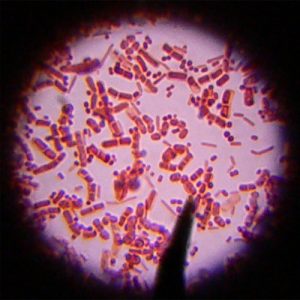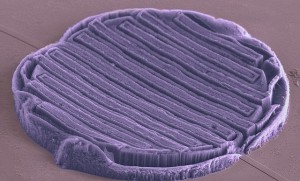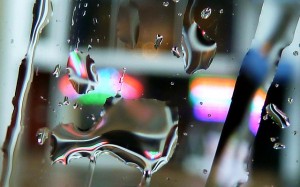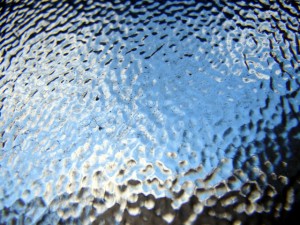Glass may be used to fight bacteria
Researchers at the Missouri University of Science and Technology are working with a special type of bioactive glass to limit bacteria’s ability to spread among humans. The glass is a fibrous material that can be used to help dress chronic or slow-healing wounds.
The glass fiber is a promising treatment, since wounds that are covered by it don’t tend to develop infections. By preventing infections from taking hold in the first place, doctors can limit the need for antibiotics while a patient is most vulnerable. The glass fiber has a second beneficial effect; wounds treated with the glass fiber heal faster than open wounds that are treated with more conventional dressings.
The bioactive glass could have additional applications for medical treatments. In addition to wound dressings, bioactive glasses could be used as coatings for medical implants. Patients who receive medical implants – including replacement joints and mechanical bone repairs – could benefit from the technology, since coated implants would be less likely to introduce bacteria into the body when they are installed.
The research team also believes that surfaces in hospitals and nursing homes that are prone to bacterial exposure could be coated with the bioactive glass to discourage the spread of resistant bacterial strains. While many types of hospital-acquired infections are declining, doctors are seeing a much lower rate of decline among certain bacterial strains, including multi-drug resistant staph (MRSA) and C. difficile infections. These two strains are currently recognized as being the most difficult infections to treat.
Glass is an exceptionally versatile medium. It can be used for everything from disease prevention to decorating. GlassPrimer™ glass paint is a special coating that can help you decorate glass surfaces safely and beautifully. For more information about GlassPrimer™ glass paint, please visit the rest of our site.
Photo Credit: Umberto Salvagnin, via Flickr






